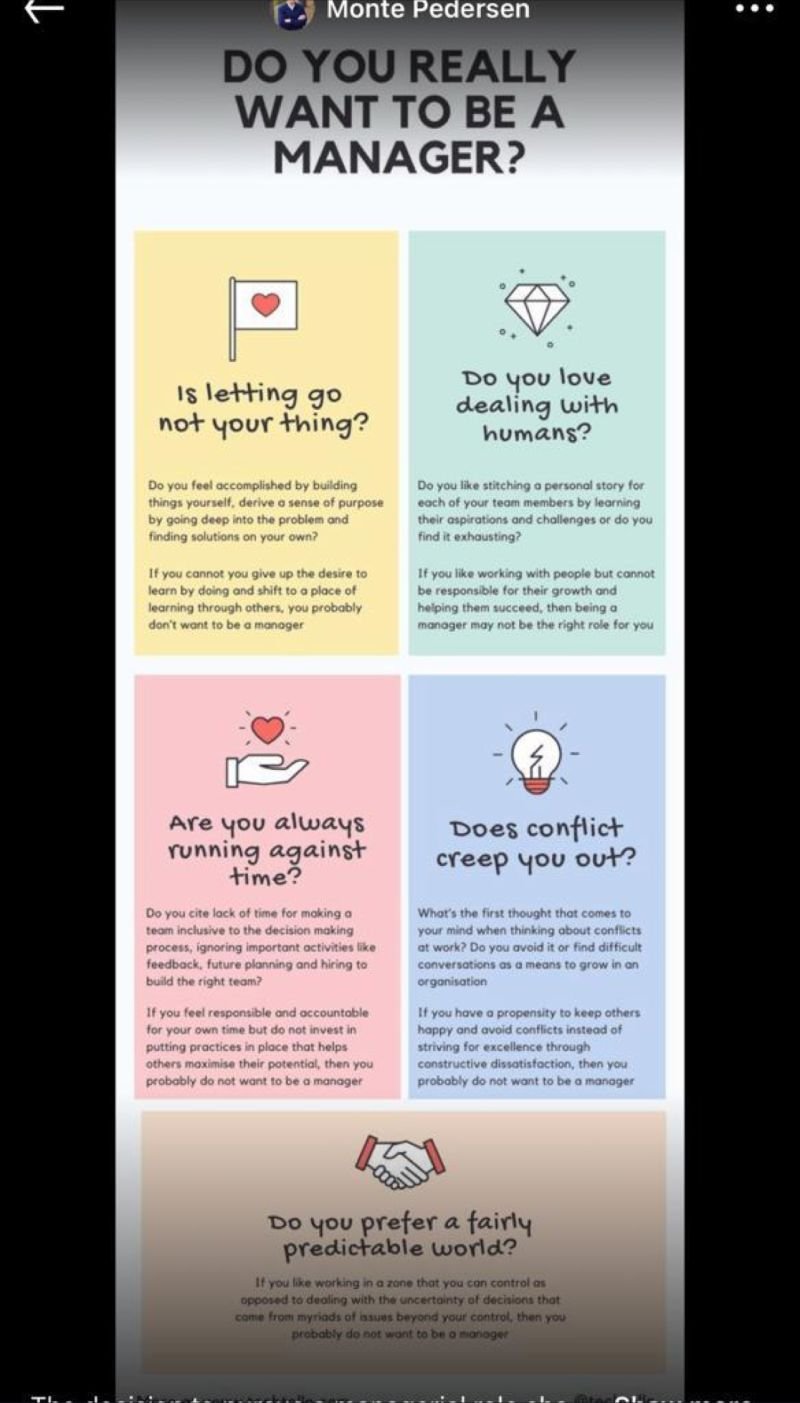In today’s turbulent business environment, the advantage goes to organizations whose leaders are continually scanning the external environment, engaging in organizational dialogue and participating in learning processes in order to discover possibilities, mobilize positive energy and build commitment within their organizations to achieve a shared, robust view of the Future.
Research shows that Leaders who are adept at positioning their organization for future success consistently demonstrate three skills
- Futurist – Anticipatory leaders understand the dynamics of their organization’s environment by thinking through and beyond the obvious. They explore developments in other industries, in a variety of sciences and in worldwide markets and collect ideas from both conventional and obscure sources. They discern patterns that help make sense of daily headlines. They are relentless students of emerging trends. They are skilled in understanding and explaining how the strength and interaction among external forces shape their organisation’s context, and they study the interactions among forces generating these patterns and micro trends.
- Strategist – Anticipatory leaders are able to see the possibilities these trends may demonstrate, particularly in combination, by weaving seemingly disparate information into new combinations. They use their structural insight to communicate within their organisations and collaborate with their staffs to formulate high-leverage strategies that result in market-dominating products and services. Understanding the dynamics in play allows the organisation to adapt to take advantage of these forces, either to create opportunities or to minimise threats. Google’s vision of the role it will play in the future of television on the web is an example of this sort of strategic insight at work.
- Integrator – Anticipatory leaders are more than adept observers and rational analysts. They engage their organisations in dialogue and mutual discovery of possibilities. They demonstrate genuine interest and compassion for the views and concerns of others. Knowing how to honor and weave together the thoughts and feelings of others with their own into a line of principled action, they become highly credible, while legitimising the fresh ideas of others. Articulating common bonds and shared aspirations comes easily within their organisations because anticipatory leaders truly engage people’s hearts and minds in the strategic-thinking process. Compelling organisational cultures emerge from the anticipatory leaders’ orchestration of the relationship of people, place, and policies.

Here is an image that articulates the Leadership Behaviours at play for integrating Leader as Futurist, Leader as Strategist and Leader as Integrator the ingredients for Anticipatory Leadership increasingly Must-have capabilities in the armoury of Leaders.
Here is a Checklist of behaviours under each of these Competencies-this can easily be used as a Self-assessment List to check your own behaviours to draw your attention to which you need to demonstrate.
Futurist
- Regularly and systemically scanning and analyzing information on a wide range of topics, including those which are unfamiliar
- Exposing oneself to unique, perspective enhancing experiences.
- Willing and eager to look past what is already known.
- Constantly playing out how the future might unfold by thinking, writing and talking about the subject and soliciting a variety of views
- At ease considering alternative futures; not stuck on one particular version of the future.
- Able to describe and critique one’s own mental models of how the world works.
- Living as if very different futures could unfold from the facts of the present.
Strategist
- Able to effectively leverage insights to produce desired results.
- At ease setting an overall direction for a group of implementers.
- Taking a disciplined approach to focusing attention past immediate and short-term pressures.
- Being surrounded by those who enjoy interpreting (and reinterpreting) how reality is unfolding and what that means for the future.
- Possessing the ability to discern the system of forces at work in one’s field well enough that one can foresee how events and outcomes would occur under various assumptions.
- Creating structures-incentive and recognition systems, long-term-investment-analysis activities, workplace design, location, and policies – that support longer-term thinking.
- Aligning the assets and processes of one’s organization to realize one’s strategic intent.
Integrator
- Reframing the thinking of others so that they become aware of possibilities in a situation.
- Seeking, valuing and taking advantage of all the good ideas and positive energy in a system.
- At ease coaching and being coached; comfortable seeking feedback from others.
- Skillful at working through other people in such a way that desired results are achieved and they grow via the experience.
- Possessing a positive social vision; bringing people into alignment with one’s social vision; demonstrating how it moves them and the organization ahead.
- Being accessible and highly responsive to other people.
- Valuing other’s contributions; finding and openly admiring good qualities in others; assuming good intentions even when things go astray.
- Open to learning from everyone, regardless of their organizational level, function, social position, or degree of recognition
- Taking real pleasure from the successes of others
Building images of the Future of work – HR Leader as the Futurist
Given the turbulent business environment where the Future is no more a linear extension of the Past, what will the Future of Work be most impacted by? How much of a Futurist will the HR Leader be required to be? What meaningful contributions can the HR Leader make if he is indeed. Develops the Futurist/Strategist/Integrator characteristics?
Two megatrends are driving the Future of Work.
One is that organizations are being dramatically reoriented and restructured. The historical view of an organization as a hierarchy is being replaced by a view of the organization as a network or an ecosystem. Instead of divisions, functions, or processes, organizations are increasingly being built around teams.
The second big shift has to do with work itself changing. An increasing number of tasks are being accomplished through automation or cognitive computing. To simplify it greatly, if we can articulate the process of something, we can automate it. It’s easily possible that in the next five to ten years everyone will be working next to and with a smart machine they’re not working with today.
The question that we’re looking at in every company and every industry is, what are the essential and enduring human skills? What are the things that smart machines can’t do? Apparently Pablo Picasso said something like, “Calculating machines are useless. They can only give you answers.” Asking questions is an essential human skill. We are not referring to the kind of question a chat bot can manage. We are talking about the sorts of creative thinking and inquiry that lets us frame a problem.
For a range of reasons, the problems facing businesses and the public sector are much more complex and multi-disciplinary. The complexity of the problems and the pace of change means we need to work collaboratively, on teams. Working in teams is itself an essential human skill.
The relationship that we’re developing with smart machines is different than before. We’re getting a glimpse beyond the digital native to the AI native who doesn’t think twice about talking to their phone or any other device. We’re getting to the point where natural language interaction—talking to our machines, our machines talking to us—is rebalancing work roles and the ways machines and people can augment each other.
The boundaries of organizations in the 21st century are going to be shaped by companies that are the intermediaries between producers and consumers. Or, for many of us today, the platforms that let us constantly shift back and forth between being producers and consumers.
Learning is the job in the 21st century. Full stop. As Lynda Gratton and Andrew Scott at London Business School tell us in The 100-Year Life: Living and Working in an Age of Longevity, right now, we’re living on average into our 80s, but millennials can expect to live to 100. What does it look like when the average time in a job is four and a half years and the half-life of a learned domain skill, like a computer language, is five years? How many careers are you going to have?
With Life Expectancy going up- what does that mean for those retiring from the workforce? How can organizations integrate/leverage the seasoned Gen X leaving the workforce over the next decade?
Millennials and Gen Z are predicted to start Careers only in their late twenties/thirties- what does this mean for Employers? What does this mean for Career transitions? Most Millennials are expected to leave jobs to try one or more Entrepreneurial stints before returning to jobs. What would this mean for building Leadership Pipelines? What would this mean for Retention of High Performing talent? With increased Life expectancy – what are the implications on Retirement benefits for those leaving the workforce? What impact would this have on dependency ratios and the onus on the Millennials perhaps to manage Parents who will now be living longer in their old age? What are the implications on Medical insurances?
Ignoring these trends to treat our world in the “Business as Usual” mode, will be at the peril of HR teams.
Adaptability and continual learning are not among the core skills; they are the core skills. Learning new domain knowledge is important, but we can learn it relatively quickly and we can access it highly effectively by collaborating with smart machines. More importantly we need to develop essential human skills, and we need the skills and capacities that let us partner in a team with machines. Individuals and companies need to be organizing around learning. And the learning needs to be organized around dynamism and change at speed.
Individuals have a responsibility for maintaining and developing their own skills and retooling through lifelong learning. Businesses will be benefited by being thoughtful about how they redesign jobs and teams and find new ways to facilitate learning.



